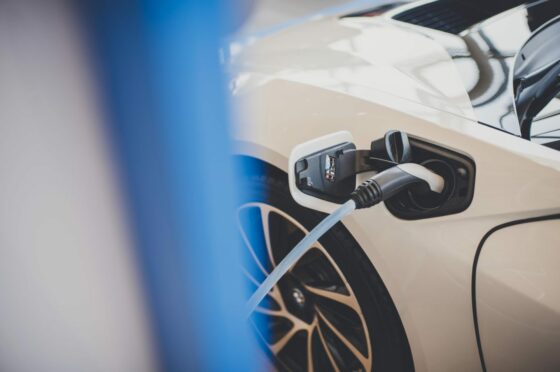A new survey has revealed that significant disparities exist across the UK in the cost of charging an electric vehicle.
EV experts Electrifying collated the pricing from the UK’s largest public charging providers and found that the average cost of using a public rapid charger now stands at 53p per kWh.
When topping up an average-size EV like the Volkswagen ID.3 with a 58kWh battery, this price means a 10-80% charge will cost £21.51.
It hits those living in towns and cities the hardest, the very place electric cars can have the most impact on air quality
This cost increases to £28.01 when drivers use one of IONITY’s charging points, making them the UK’s most expensive public charging provider.
IONITY charges 69p per kWh, followed by Instavolt which charges 66p per kWh at one of its rapid points.
The study also highlights the penalty that EV drivers who don’t have access to off-street parking suffer.
A person driving Volkswagen ID.3 for 10,000 miles per year would pay £208.80 when charging their vehicle at home on a cheap rate, compared to £1,475.52 for an electric vehicle owner who relied on public charging points.
Shop around for the cheapest deal
Ginny Buckley, founder and CEO of Electrifying.com, said: “With dramatic increases in wholesale electricity costs, it’s no surprise that prices are rising across the charging network.
“Instavolt this week announced an increase of 15.7% to its prices, and I suspect they may not be the last to make such a move.
“For drivers who are unable to take advantage of cheaper home energy tariffs, this is having a serious impact on running costs at a time when budgets are under unprecedented strain.
“It hits those living in towns and cities the hardest, the very place electric cars can have the most impact on air quality.”
Drivers are being advised to look out the cheapest possible charging rates, with some providers offering better prices for those drivers signed up for a membership system.
One of the cheapest providers was Pod Point at Tesco and Lidl, which charged 28p per kWh on its 50kWh rapid chargers.
Other ways to cut costs
Other ways to cut EV charge costs include shopping around for free EV charging, available at some supermarkets and car parks (although you will likely pay for parking), or if you charge at home you can choose a dedicated tariff designed specifically for EV drivers.
Finally, you can join an EV charging network, such as BP Pulse, which has one of the largest networks of EV chargers in the UK and offers a subscription with lower prices than non-members.

Conversation